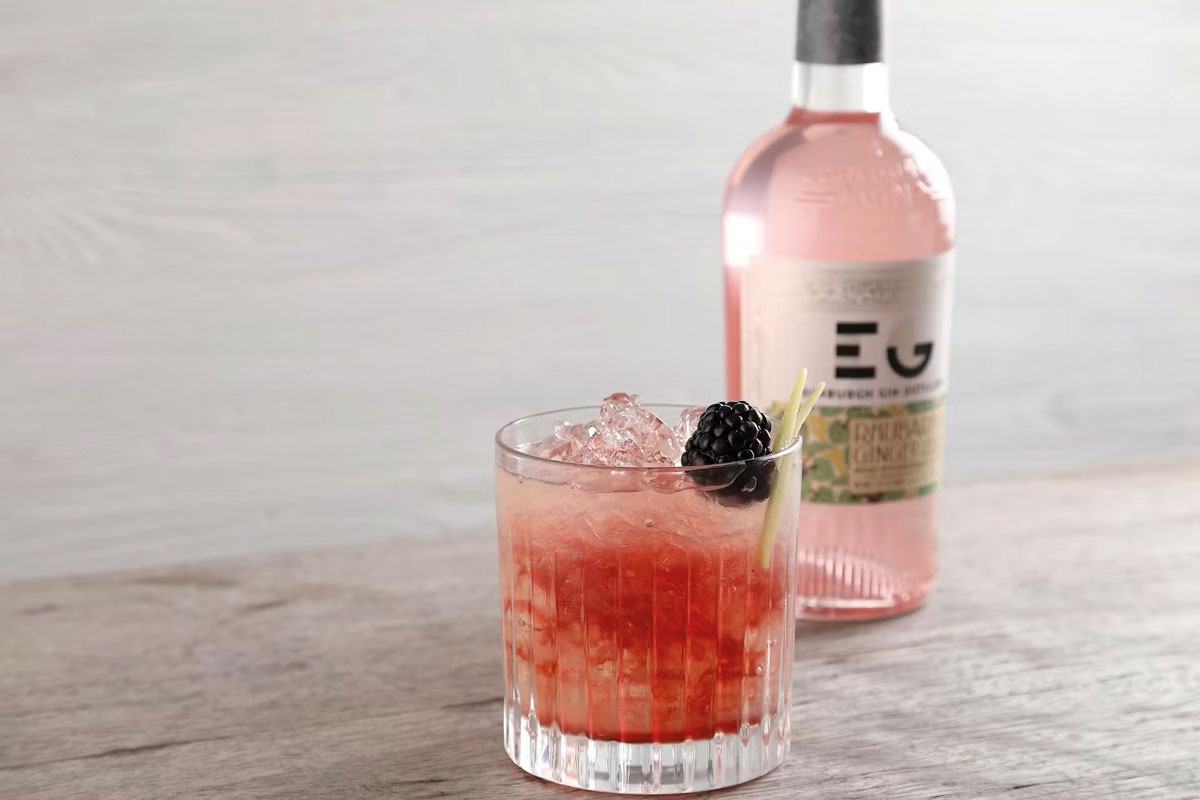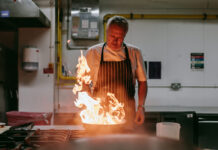 Scottish people are falling back in love with liqueurs – as evidenced by the fact that the category in Scotland is currently out-performing the market in the UK as a whole.
Scottish people are falling back in love with liqueurs – as evidenced by the fact that the category in Scotland is currently out-performing the market in the UK as a whole.
That’s the message from Ian Macleod Distillers, the company behind Edinburgh Gin. which has reported a ‘resurgence’ in liqueur and speciality spirits sales over the past year.
Quoting stats from CGA, the company’s UK managing director, Neil Boyd, said volumes are currently up 3% in Scotland, with the category 7% up in value terms when compared to a year ago.
That’s compared to an 11% drop in volumes and 8% drop in value across the UK as a whole.
“This growth trend in the Scottish market is fuelled by a diverse liqueur category which offers consumers a range of flavours and serves,” said Boyd. “While cream liqueurs are the fastest growing segment in the Scottish on-trade, with +40% volume growth, fruit liqueurs prove an important part of the Scottish consumer’s taste profile, accounting for 25% of all non-cream liqueur spend. What’s more, rhubarb, raspberry and orchard fruits such as apple and peach all feature heavily within the top-10 non-cream liqueur brands’ portfolios.”
That was backed up by Andy Braithwaite, managing director at another liqueur producer, Ellers Farm Distillery, who said consumers are now ‘experimenting with different tastes and flavour profiles’.
“Flavoured liqueurs have seen remarkable growth, and the flavoured spirits sector, which grew to a value of $16.03 billion in 2021, is forecasted to be valued at $50.77 billion by 2029,” said Braithwaite.
“Therefore, operators should tap into this trend by continuously developing their cocktail menus to offer a broad range of flavoured liqueurs that encompass whichever flavour profiles are trending at that time.”
And Boyd reckoned there are a few simple steps licensees can take to capitalise on the growing demand.
The first is to focus on liqueurs and speciality spirits that are ingredients in several popular cocktails.
Licensees were also advised not to ‘tie up capital in a huge range of liqueurs if your staff don’t have training and expertise on how to use them’ and if liqueur serves don’t account for a large percentage of weekly sales.
Lastly, it’s essential to promote the serves you are offering to ensure customers are aware of them.
“Focus upon making the liqueurs you do stock work hard and communicate the potential serves that can be made from the range stocked and try to push those serves through advertising and promotions to consumers,” said Boyd.
“Liqueur-based serves often offer a great opportunity for high margin / high cash sales.”



















